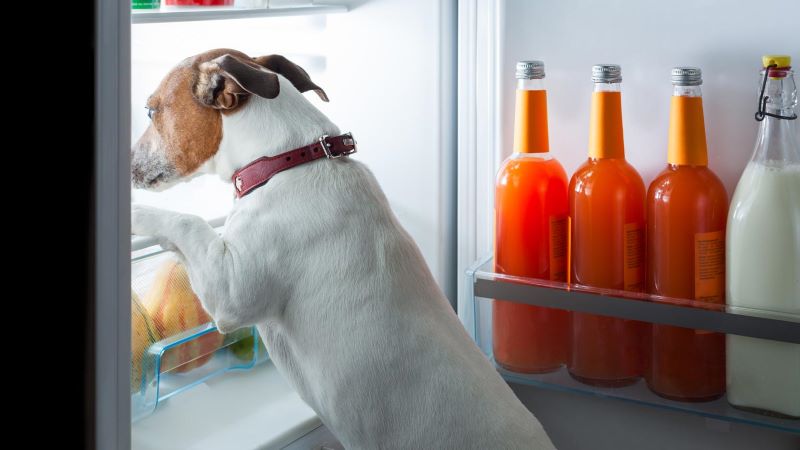When our dog, Summer was a puppy she went for four mile runs with me. As she grew into an adult dog, we walked more than jogged. By the last year of her life, we were doing well to make it around the block every other day. But one thing stayed the same for Summer throughout her life: We made exercise a priority.
We knew that one of the factors that can lead to shortened life expectancy in dogs is obesity, and that one way to keep Summer lean was to provide her with regular exercise. Considering that 54% of dogs and 59% of cats are considered overweight or obese by their vets (according to the Association for Pet Obesity and Prevention), it is important to know the facts about how obesity can affect our pets, and to understand what to do to prevent it.
Health Problems Due to Obesity
Besides shortened life expectancy, there are other health problems obese dogs and cats may face:
- osteoarthritis
- type 2 diabetes
- high blood pressure
- breathing problems
- kidney disease
- many forms of cancer
Maintaining a Healthy Weight
Dr. Ernie Ward is a veterinarian and founder of the Association for Pet Obesity and Prevention. The goal of the APOP is to help pet owners understand the seriousness of having an obese pet, and to educate them on weight loss. Dr. Ward says obesity is the number one health threat pets face. He has some tips on prevention and weight loss for dogs and cats.
Weight Loss Tips for dogs:
- Consult your vet FIRST to make sure your dog does not have an underlying condition causing him/her to be overweight (hypothyroidism, hyperadrenocorticism and Cushing’s disease are all associated with weight gain)
- Work out a plan, with your vet’s help, involving diet and exercise
- Gradually change your dog’s diet, over the period of about a week
- When exercising your dog, walk briskly, and aim to engage him/her in play (with toys or a ball) for at least 10-15 minutes twice a day
- Monitor your dog’s progress
- Visit the APOP’s website for more information and for a basic formula for weight loss in dogs
Weight Loss Tips for Cats
- Measure your cat’s food carefully, and do not eyeball it--check with your vet so you’ll know the exact amount your cat needs to eat to maintain a healthy weight
- Try the PetNet SmartBowl--the scale on this portion-control bowl allows you to know the ideal healthy serving based on your cat’s breed, age, and weight. You can also download an app that will enable you to track daily intake and set feeding alerts
- Watch the amount of treats you give your cat and pay attention to the fat and sugar content
- Don’t feed your cat or give out treats out of guilt
- Consider canned food, a sure way to control portion--the APOP estimates that an average of 10 extra dry bits of food per day can translate to about a pound of weight gain per year for the average cat
Visit Your Veterinarian
Perhaps the most important thing to consider when trying to help your pet maintain a healthy weight is that you have a veterinarian who sees the value in your pet staying in tip-top shape. “When it comes to your pet’s weight, it’s crucial to find a vet who’s interested and knowledgeable. If you’re not having a conversation with your vet about what you’re feeding your pet and how much you’re feeding him, you’re missing an important step to preventative health care,” says Dr. Ward.

